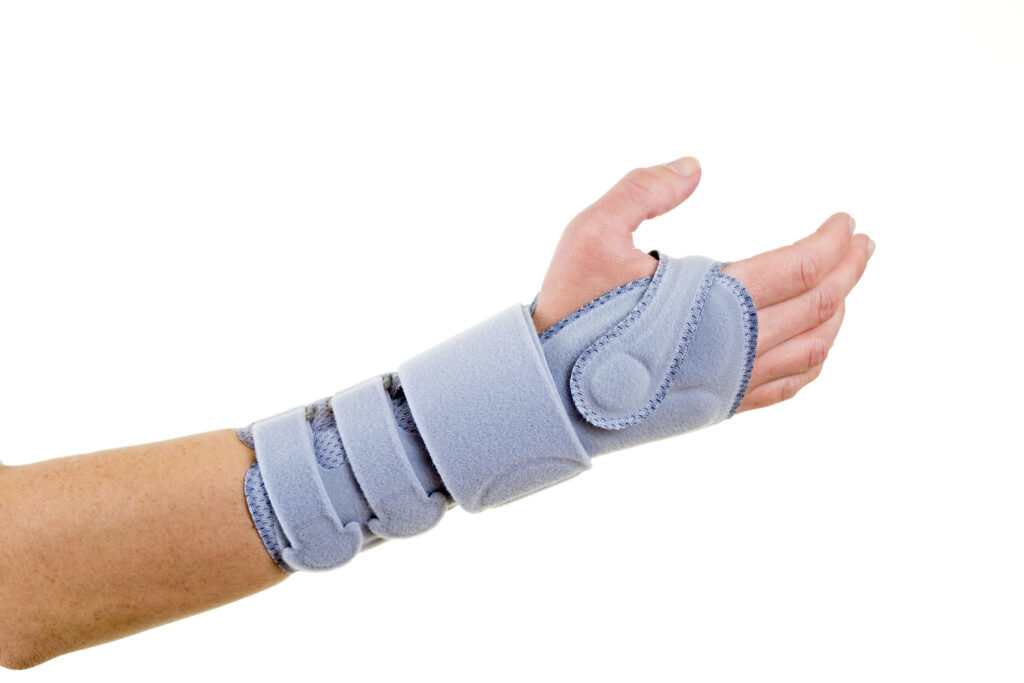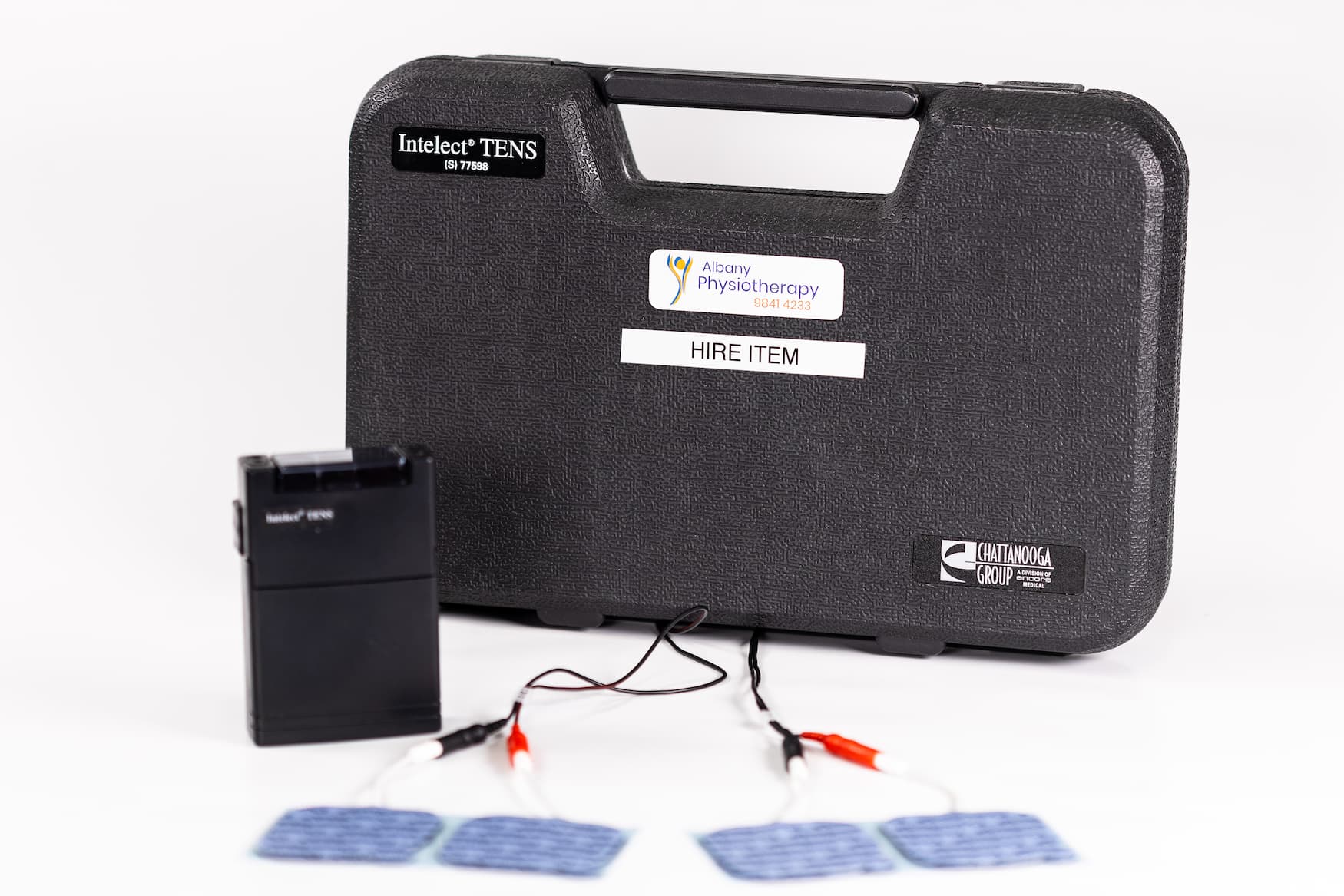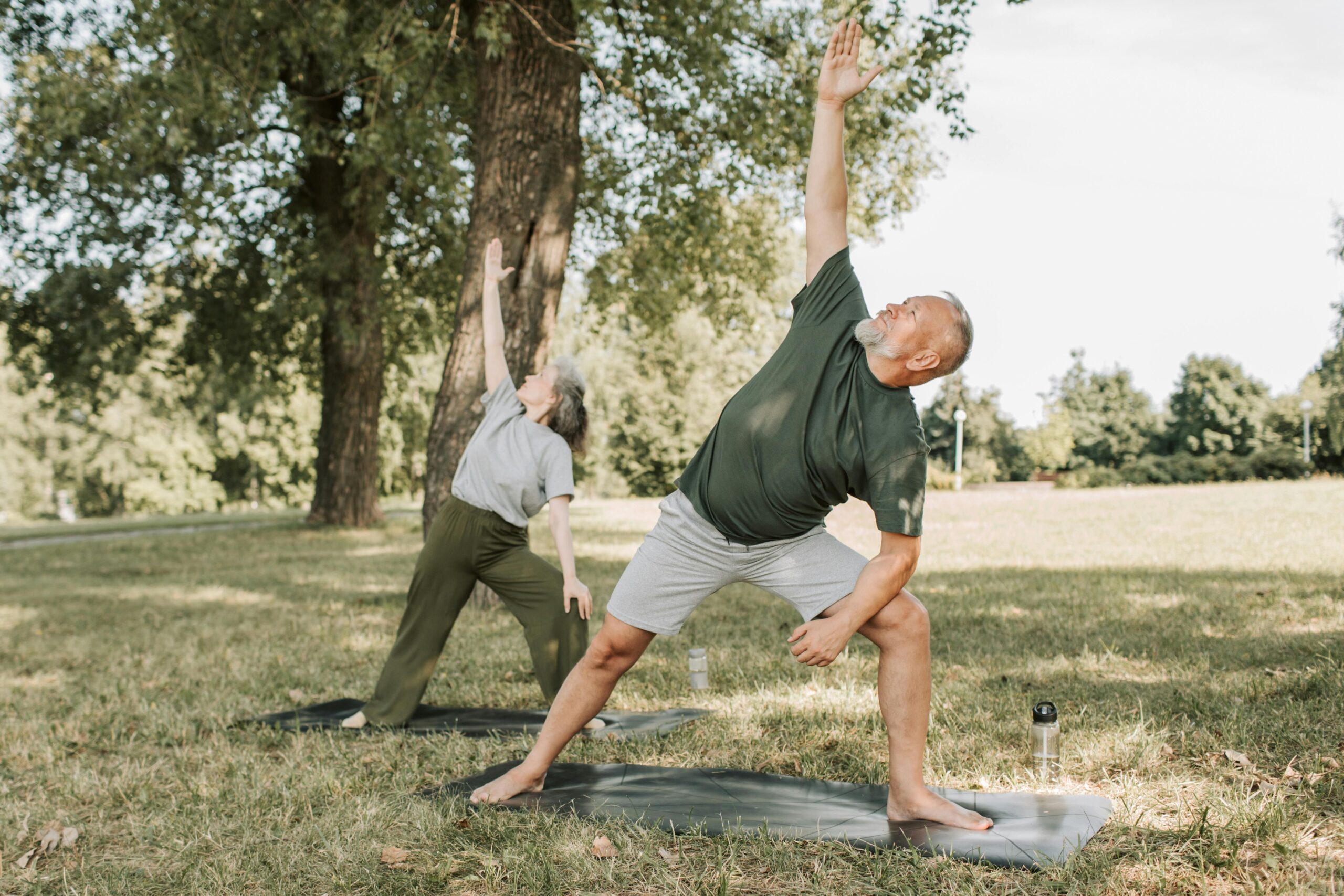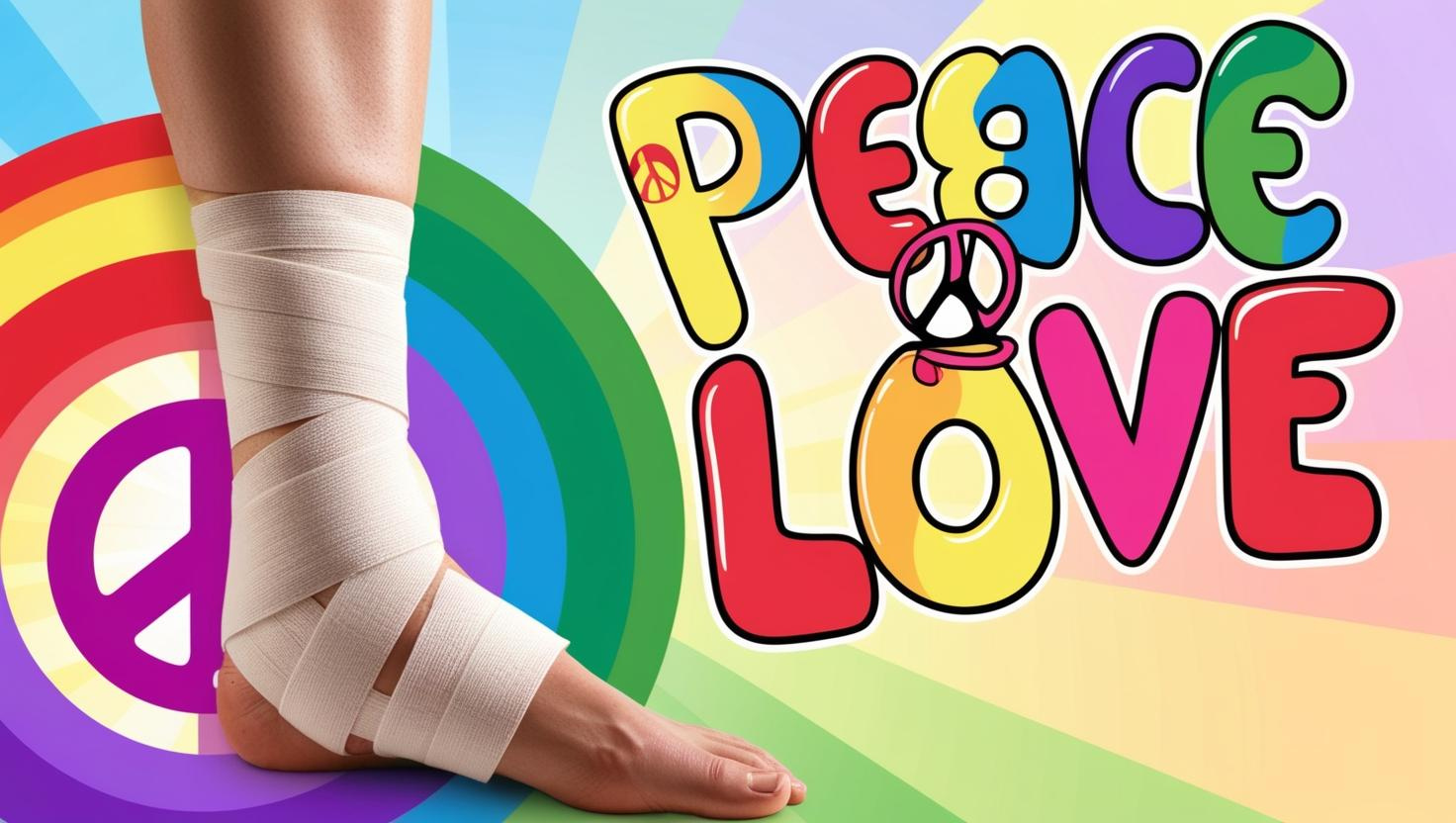When it comes to managing pain, recovering from injury, or staying active despite joint / muscle issues, braces can be helpful to support your recovery.
Many assume that braces are only for post-injury support or following surgery. But in fact, when used correctly, they can play an important role in reducing pain, reducing the risk of injury, improving function, and helping individuals of all ages to stay active.
Wearing a brace does not mean you are giving up on natural movement or compromising independence. In many cases, a well-chosen brace helps you move more, not less.
What Are Braces and Orthoses?
A brace (or orthosis) is a device designed to support, protect, or improve the position or movement of a part of the body. They range from soft wrist supports and ankle braces to more structured knee stabilisers, lumbar belts, maternity supports, posture aids, and even finger splints.
At Albany Physiotherapy, we are proud to offer one of the widest selections of braces in the region, helping people find the right product for their unique needs.
Why Are Braces Useful?
Braces can help in several ways:
- They provide stability when a joint feels weak or unstable
- Reduce pain by limiting irritating movements
- Improve overall function by supporting and compressing the area during activity
For example, someone with knee arthritis may benefit from a brace that redistributes load and relieves pressure. Someone with tennis elbow symptoms may use a strap to reduce strain on irritated tendons. Another example is to brace a sprained ankle that just needs some support and compression. Even conditions like low back pain, carpal tunnel syndrome, or pregnancy-related pelvic pain can be eased with the right support.
Importantly, braces can also help prevent re-injury, particularly in sports or physically demanding work duties. They allow people to stay active and participate safely in the activities they enjoy.
Who Should Consider a Brace?
Braces can benefit a wide range of people, from those recovering from an injury to individuals managing more chronic conditions like arthritis or tendinopathy. They are also useful for people who experience joint instability, recurring sprains, or pain during specific activities.
However, bracing works best when it is part of a long-term treatment plan. While a brace can provide short-term relief and protection, it will not solve the underlying problem. Combining physiotherapy, specific exercises, and education about safe and beneficial movement is often the most effective approach for long-term improvement.
Tips for Using Braces
When using a brace, fitting it correctly matters. If the brace is too loose, it will not provide the support required. If too tight, it can cause discomfort or even restrict circulation. It is also important to understand when and how long to wear a brace. Some braces are best used only during specific activities, while others may provide benefit during rest or sleep.
If you’re not sure which brace is right for you, our physiotherapists at Albany Physiotherapy can assess your needs and recommend the most suitable option, and most importantly, show you how to use it properly.
Bracing as a Tool for Improved Confidence and Movement
Perhaps the biggest benefit of bracing is the confidence it can provide. By supporting a vulnerable area, braces allow people to keep moving, and as we know, movement and staying physically active are one of the most powerful tools we have for long-term health and recovery.
What brace could help you stay active, reduce pain, or protect a healing body part? At Albany Physiotherapy, we are here to help. Contact our clinic to explore your options and get expert guidance!




